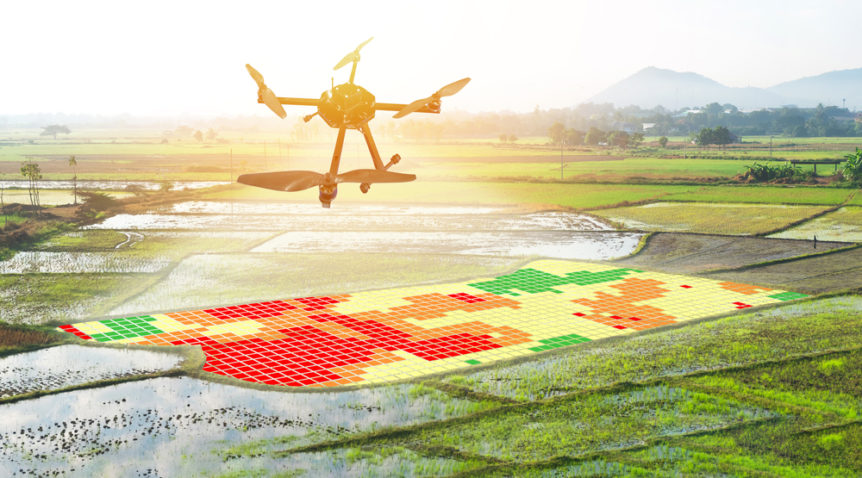As military technology continues to advance, developers are increasingly focused on surveillance methods that can provide on-the-ground perspectives without putting soldiers’ lives at risk. The University of Southern California’s Institute for Creative Technologies has been hard at work developing its One World Terrain project, which promises to do just that. Learn more about One World Terrain and how it is poised to revolutionize the analysis of military threats.
What Is One World Terrain (OWT)?
Right now, there are dozens of different geospatial mapping systems that utilize different (and often, incompatible) data to create terrain maps. But this plethora of systems means that it’s tough to synthesize the different data mapping technologies into a single comprehensive system, leading to unnecessary duplication of effort and costs.
OWT is designed to bring these technologies together in a single seamless module. This will allow the DoD (and other clients) to receive totally accurate, up-to-date geographical information from just about anywhere on the planet.
OWT focuses on five distinct phases of geospatial data science: collection, processing, storage, distribution, and application. By using long-range drones equipped with cameras and GPS to collect photos, videos, and topographical information, OWT researchers can quickly turn this drone-collected data into a 3D map of the target area. Now, these researchers are hard at work on the best way to synthesize this data and transmit it to those who need it.
How Will the DoD Use OWT?
The Army’s Synthetic Training Environment (STE) is already using OWT to generate incredibly accurate and realistic training modules. By performing training exercises in virtual and augmented reality, members of the military can get a more real-life combat experience than ever before. And by making the training ground as realistic as possible, trainers will gain greater insight as to how soldiers might react in certain situations or what tactical maneuvers might be the most appropriate.
But the OWT doesn’t just improve the training process—it also saves the DoD a major amount of money. By consolidating each of the different training and simulation systems into one comprehensive module, the OWT allows the DoD to winnow its efforts into a single program. And best of all, this surveillance and mapping system can be configured using a commercially-available drone, eliminating the DoD’s reliance on expensive professional surveyors.
The DoD hopes to use the solutions OWT is poised to create in order to train and empower a broad range of its service members. Already, the Office of Naval Research, the Marine Corps, and the Army are taking advantage of OWT developments, and this program is certain to continue its expansion over the next few years.

